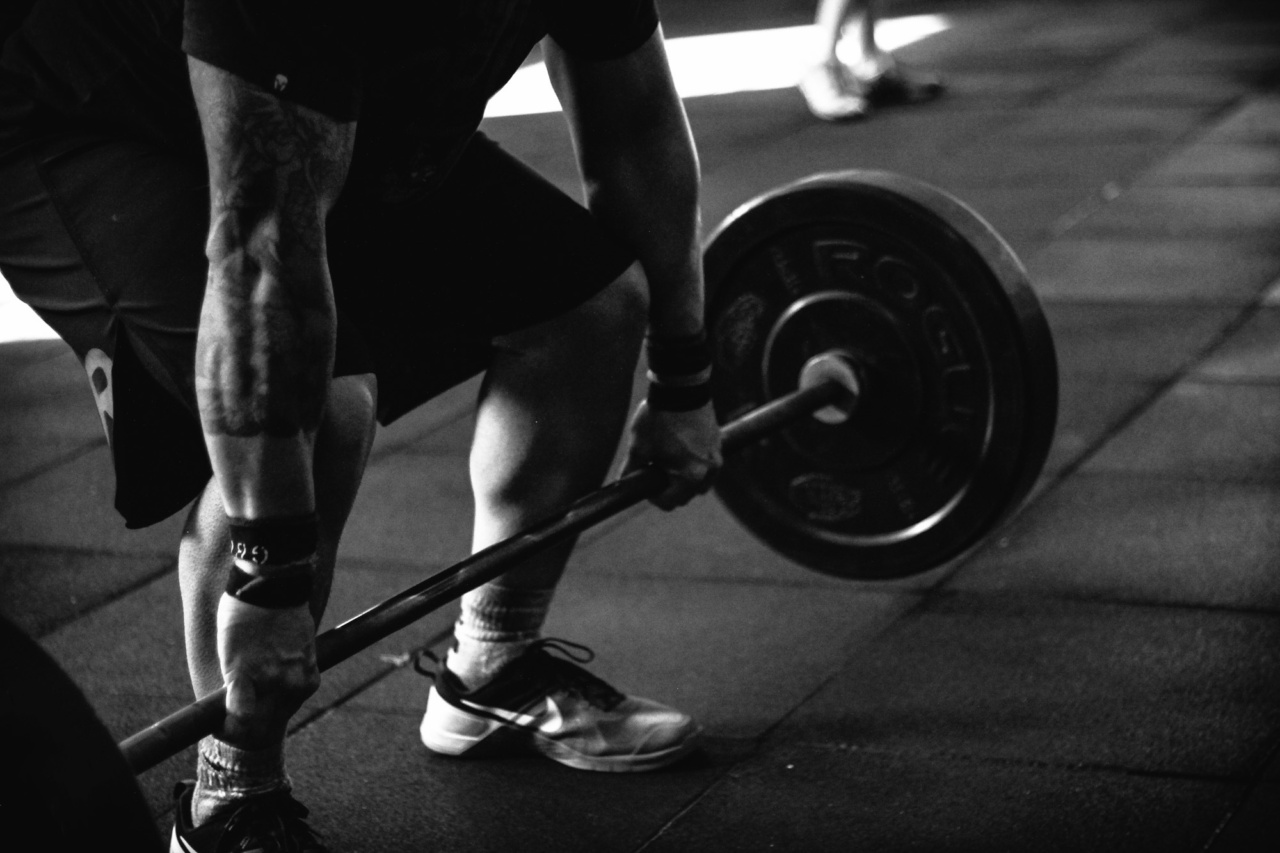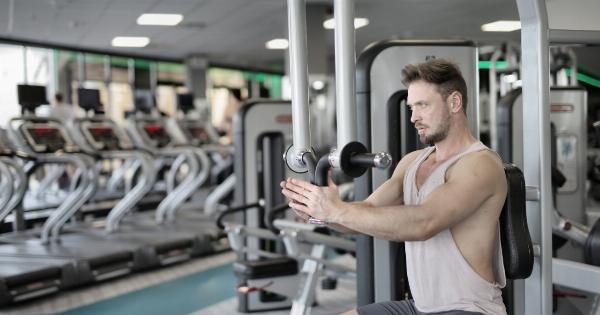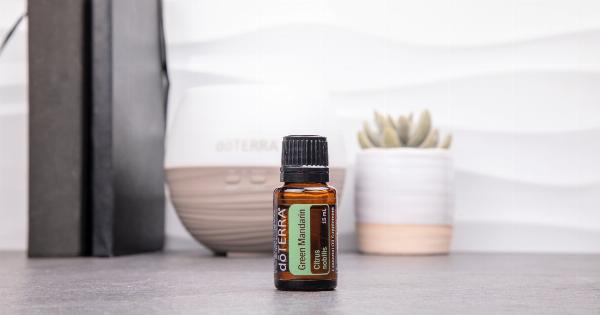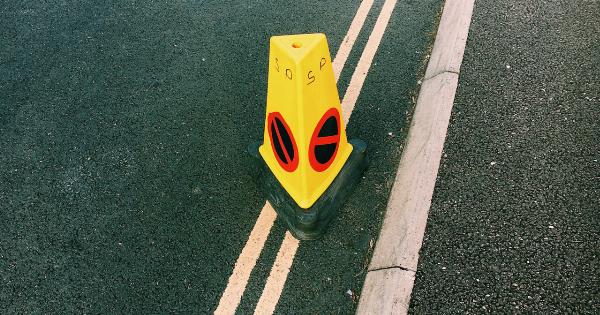Muscle cramps are a common and often painful condition that many people experience at some point in their lives. These sudden, involuntary contractions of muscles can be caused by various factors and can occur in any muscle in the body.
In this article, we will explore what muscle cramps are, their causes, symptoms, and treatment options.
What are Muscle Cramps?
Muscle cramps, also known as muscle spasms, are involuntary contractions of one or more muscles. These contractions can be intense and painful and often occur suddenly.
Muscle cramps can last from a few seconds to several minutes and can affect any muscle in the body, such as the legs, arms, abdomen, or even the face.
Causes of Muscle Cramps
There are several factors that can contribute to the occurrence of muscle cramps. Some of the common causes include:.
1. Dehydration
Dehydration is one of the leading causes of muscle cramps. When the body does not have enough fluids, the muscles can become more prone to cramping. It is important to stay adequately hydrated, especially during physical activities or in hot weather.
2. Muscle Overuse
Overusing or straining the muscles can result in cramps. Activities that involve repetitive movements or holding a particular position for an extended period can lead to muscle fatigue and cramping.
It is crucial to give your muscles proper rest and avoid excessive strain.
3. Electrolyte Imbalance
Electrolytes, such as potassium, sodium, calcium, and magnesium, play a vital role in muscle function. Imbalances in these electrolytes, usually due to inadequate intake or excessive loss through sweating, can contribute to muscle cramps.
Maintaining a balanced diet and consuming foods rich in these electrolytes can help prevent cramps.
4. Poor Blood Circulation
Poor blood circulation can impair the delivery of oxygen and nutrients to the muscles, leading to cramps.
Conditions such as peripheral artery disease or sitting in one position for too long can reduce blood flow to the muscles and increase the risk of cramping.
5. Nerve Compression
In some cases, nerve compression or pinched nerves can cause muscle cramps. When nerves are compressed or irritated, they can send abnormal signals to the muscles, resulting in cramps.
Conditions like herniated discs or carpal tunnel syndrome can lead to nerve compression and subsequent cramping.
6. Medications
Certain medications, such as diuretics, statins, or oral contraceptives, can increase the likelihood of muscle cramps as a side effect.
If you experience frequent cramps and are taking any medications, it is advisable to consult your healthcare provider.
7. Medical Conditions
Underlying medical conditions, such as diabetes, hypothyroidism, or kidney disease, can sometimes contribute to muscle cramps. These conditions can alter the balance of electrolytes or affect nerve function, leading to an increased risk of cramps.
Symptoms of Muscle Cramps
Muscle cramps are characterized by sudden and involuntary muscle contractions. The affected muscle may feel hard and tense, causing pain or discomfort.
Cramps typically occur without warning and can last for different durations, depending on the individual and the underlying cause.
During a muscle cramp, you may experience:.
1. Intense pain or discomfort
2. Tenderness or soreness in the affected muscle
3. Visible muscle twitching
4. Inability to use the muscle normally
5. Temporary muscle weakness after the cramp subsides
If you experience frequent or severe muscle cramps, it is recommended to consult a healthcare professional, as there may be an underlying issue that requires attention.
Treatment and Prevention of Muscle Cramps
The treatment and prevention strategies for muscle cramps depend on the underlying cause. Here are some general measures that can help alleviate and reduce the frequency of cramps:.
1. Stretching and Massage
Gently stretching the affected muscle and massaging it can help relieve muscle cramps. Stretching helps relax the muscle and improve its flexibility, reducing the likelihood of cramps. Massaging the muscle increases blood flow and promotes relaxation.
2. Stay Hydrated
Ensure you drink an adequate amount of fluids throughout the day to stay hydrated, especially during physical activities or in hot weather. Replenishing electrolytes lost through sweating can also be beneficial.
3. Avoid Overexertion
Avoid excessive strain or overuse of muscles, especially during exercise or physical activities. Allow your muscles enough time to rest and recover between sessions to prevent fatigue and cramping.
4. Improve Blood Circulation
Engage in activities that promote healthy blood circulation, such as regular exercise, avoiding prolonged sitting or standing, and elevating your legs when possible.
Good circulation helps ensure optimal muscle function and reduces the risk of cramping.
5. Balanced Diet
Consume a balanced diet that includes foods rich in essential electrolytes like potassium, calcium, sodium, and magnesium. Good dietary sources of these electrolytes include bananas, oranges, leafy greens, nuts, and seeds.
6. Medication Review
If you suspect that certain medications may be contributing to your muscle cramps, consult your healthcare provider. They may recommend adjusting the dosage or exploring alternative medications.
7. Address Underlying Conditions
If you have an underlying medical condition that is causing or contributing to muscle cramps, it is important to work with your healthcare provider to manage the condition effectively.
Proper treatment and management can alleviate symptoms and reduce the frequency of cramps.
Conclusion
Muscle cramps can be a challenging and uncomfortable condition, but understanding their causes, symptoms, and prevention strategies can help you manage and prevent them effectively.
By taking proper care of your body, staying hydrated, and addressing any underlying issues, you can reduce the frequency and intensity of muscle cramps, allowing you to live a more comfortable and active life.





























